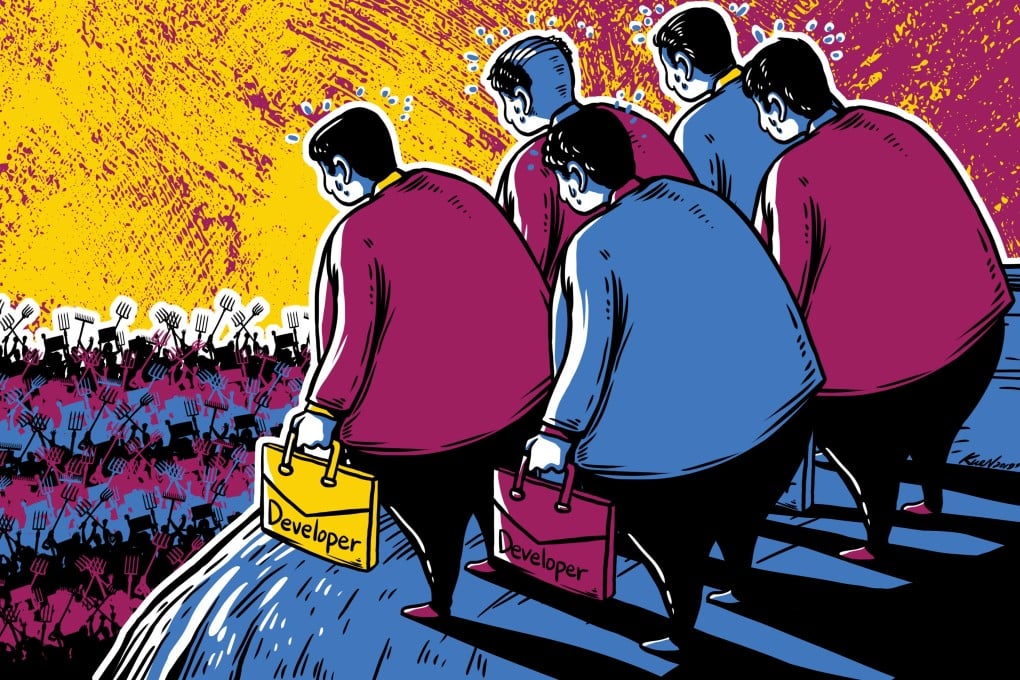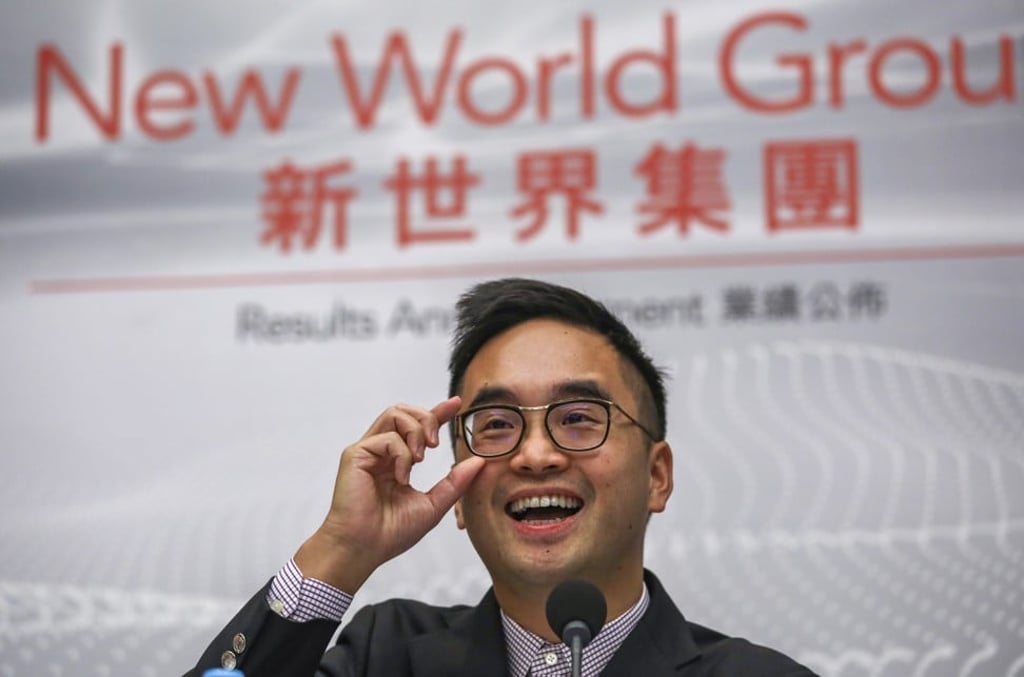Can Hong Kong break the stranglehold of the city’s biggest developers on land reserves?
- In a new series delving beyond the social unrest in Hong Kong to survey the city’s deep-rooted problems, the Post is focusing on the role of housing in causing great disaffection in society
- In this fourth instalment, we examine how sprawling family-run conglomerates have benefited from restricted land supply, and how that might be on the verge of change

When Adrian Cheng Chi-kong, the third-generation scion of one of Hong Kong’s biggest landowners, met Ricky Yu in 2016, the seed of an unorthodox idea was planted.
Over the next two years, their friendship grew, as did their idea of using private land for social homes to ease Hong Kong’s chronic housing woes, culminating in a 2018 pact to work together, according to people familiar with the matter.
Yu’s group would receive 1 million sq ft, of which the first 28,000 sq ft will be turned into 100 homes. All in, New World gave away 3 million sq ft of land, equivalent to 28 hectares, or 60 football fields if they were contiguous.

“In today’s business world, corporations cannot live by just maximising their profits, but must also have the obligation to take care of different stakeholders of society,” Cheng said during New World’s annual results press conference in Hong Kong, at which he announced the land giveaway.